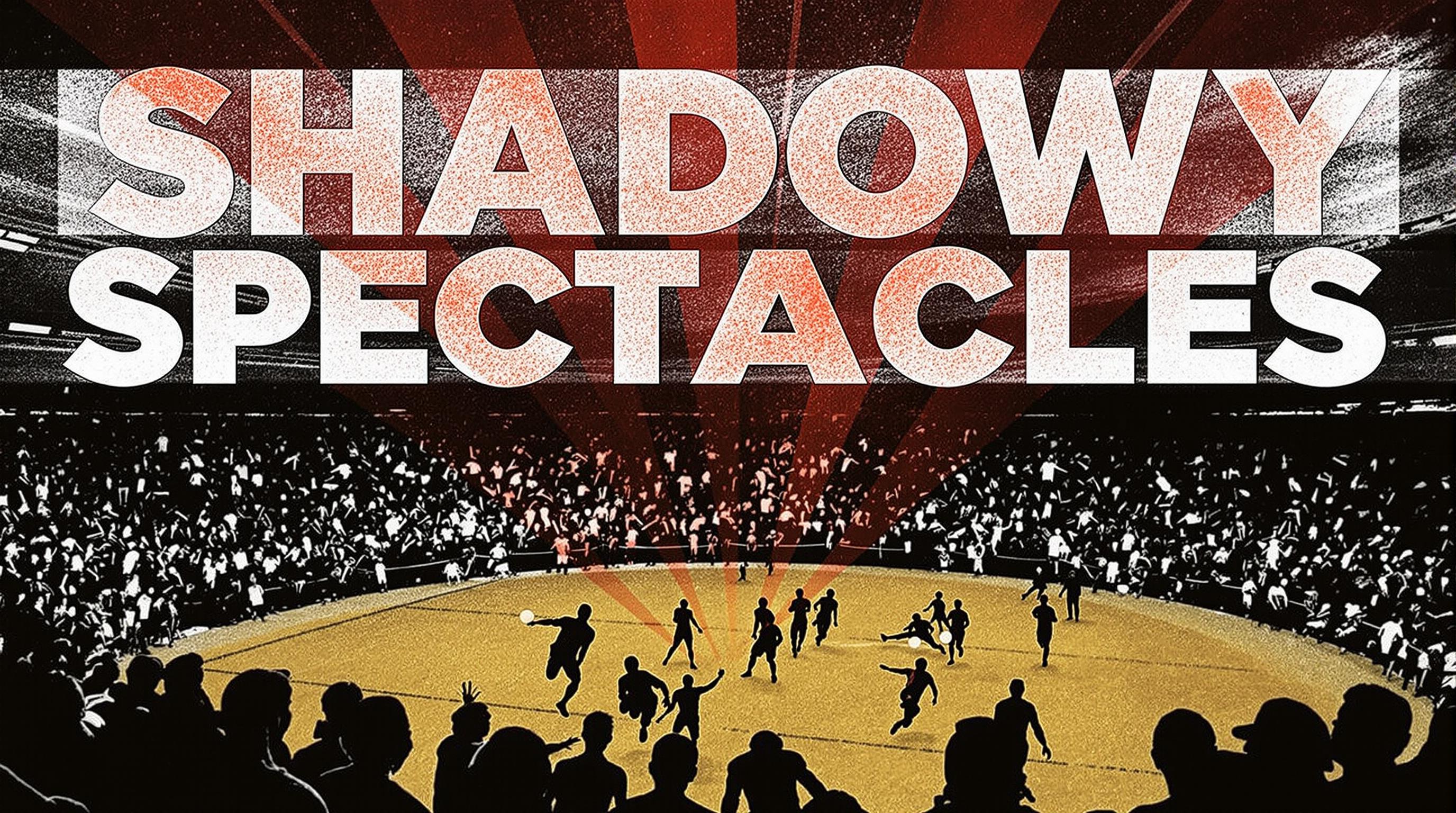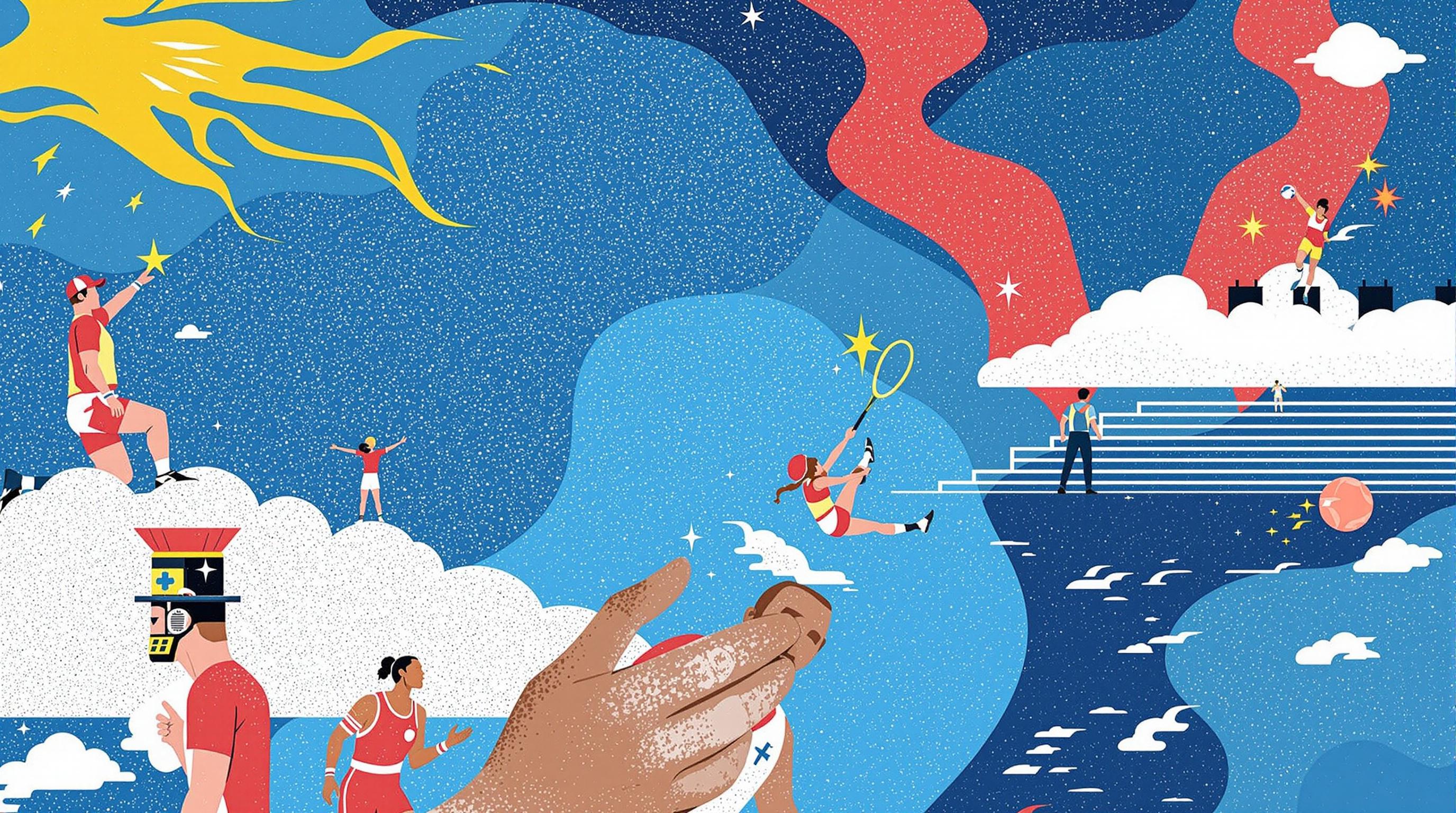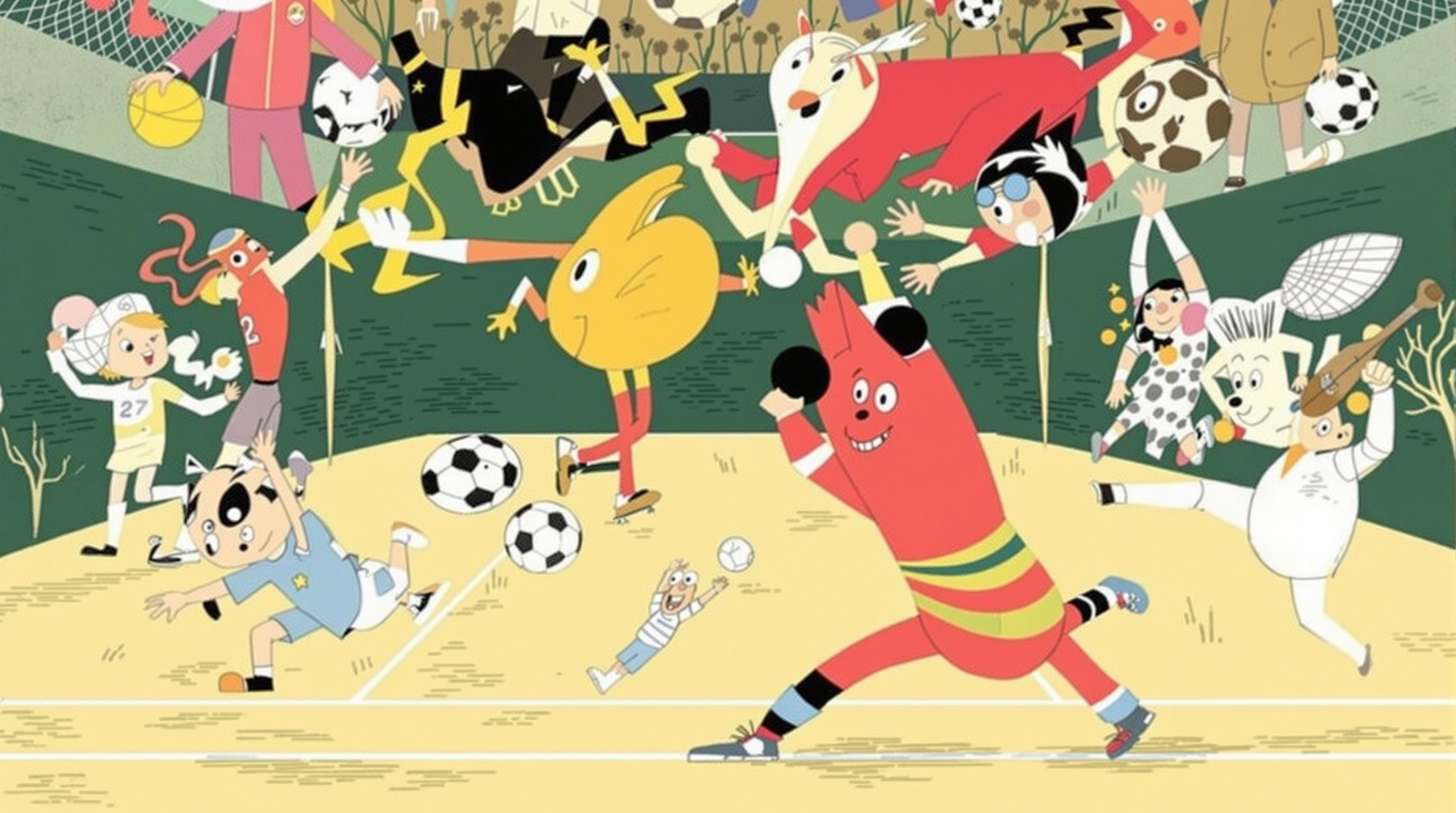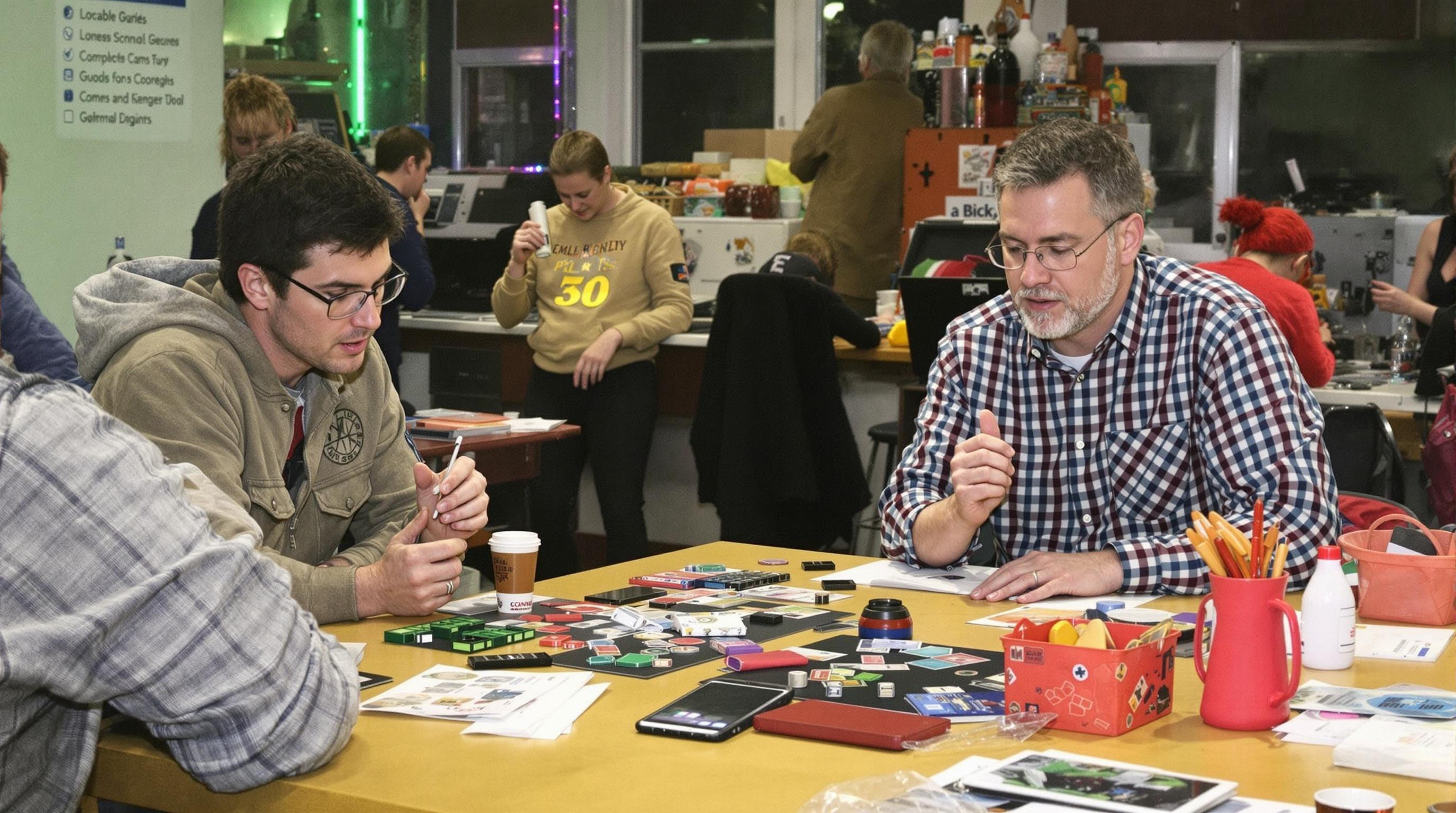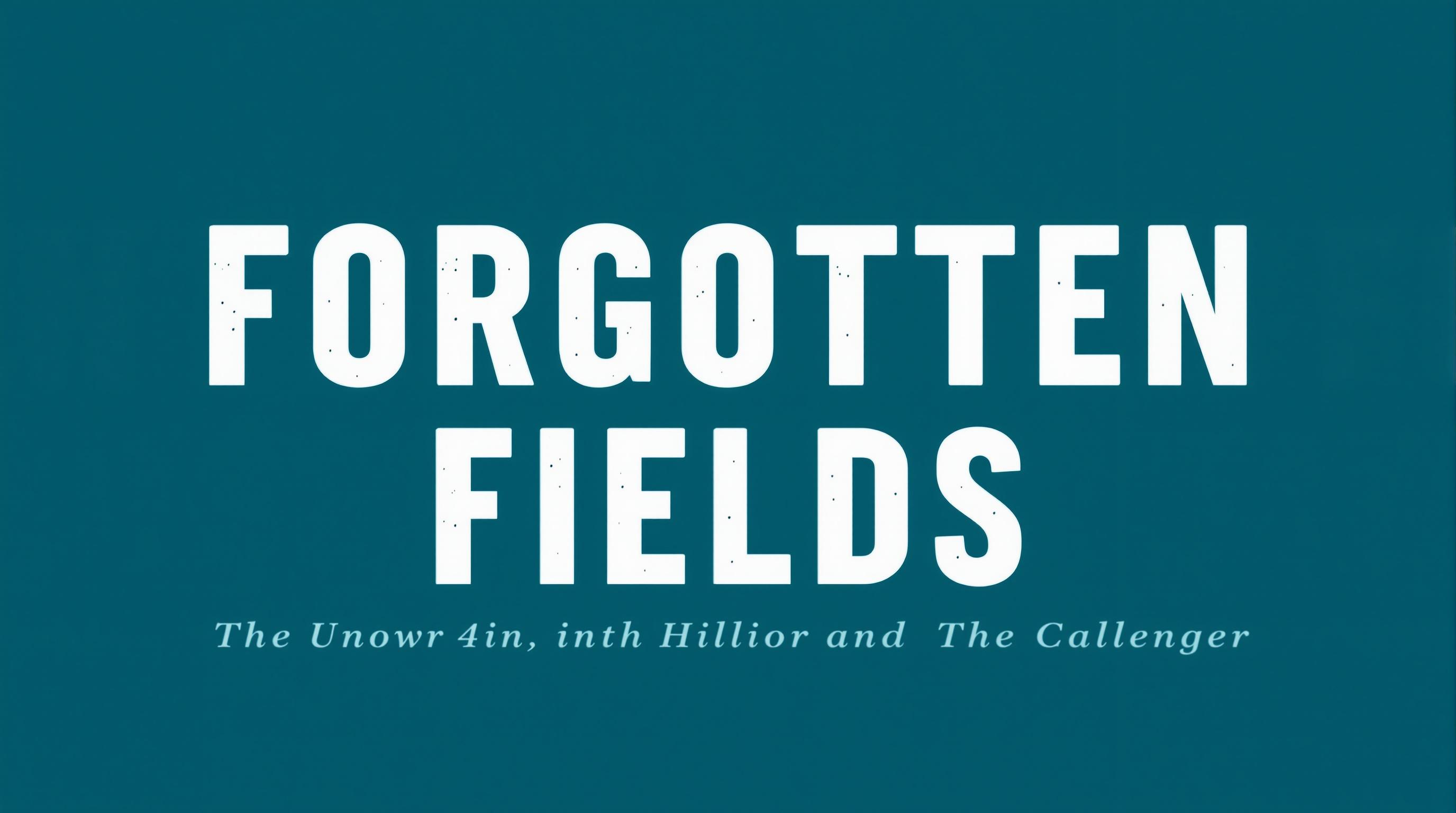Related Articles
- Sporting Rituals: The Curious Connections Between Athletic Events and Ancient Traditions of Worship and Community Bonding
- Game On: The Surprising Influence of Sports on Fashion Trends and Personal Identity in Youth Culture
- Rituals and Rites: How Competitive Sports Influence Cultural Practices in Spiritual and Indigenous Communities
- Sports as Social Glue: Examining the Bond Between Athletic Rivalries and Neighborhood Integration
- Spectacles of Strife: How Weather Patterns Disrupted Historic Sports Events and Changed Athletes' Fortunes
- Bizarre Beginnings: The Unwritten Rules of Quirky Sports and Their Role in Shaping Modern Athletics
Shadowy Spectacles: Unraveling the Secret Lives of Underground Sports Events in 20th Century Urban Centers
Shadowy Spectacles: Unraveling the Secret Lives of Underground Sports Events in 20th Century Urban Centers
In the heart of 20th-century urban centers, clandestine sports events thrived, weaving complex narratives of rivalry, camaraderie, and rebellion. This exploration delves into the secret worlds of underground sports, revealing their cultural significance and the shadowy figures behind them.
A Brief History of Underground Sports
Underground sports have trickled through the concrete veins of cities, casting a long, fascinating shadow on mainstream culture. From the late 1800s into the 20th century, as urban centers burgeoned, so did opportunities for individuals to engage in sports that slipped under the radar. In places like New York, Chicago, and Los Angeles, impromptu boxing matches, illegal street racing, and unregulated skateboarding formed passion-fueled communities that defied societal norms.
The Evolution of Street Racing
Street racing, an adrenaline-pumping subculture, emerged in the 1940s and exploded during the 1960s. Drivers flocked to vacant streets, their souped-up engines roaring against the backdrop of neon lights and the roar of an unseen crowd. Statistics indicate that by the 1970s, illegal street racing incidents were reported in over 50 U.S. cities, often drawing thousands of spectators to witness the law-defying spectacle firsthand.
The Players: Behind the Scenes
How do we capture the lives of underground athletes? Take, for instance, Eddie “The Wildcat” Thompson, a fictitious boxer who became notorious for organizing underground boxing matches. Eddie embodies the spirit of these athletes: determined yet desperate, eccentric yet passionate. He'd set up fights in dingy basements, cash-stuffed envelopes exchanging hands quicker than you could say ‘knockout.’
Beneath the Surface: Community and Camaraderie
Underground sports weren't solely about competition; they served as vital social hubs. Participants found family among the ragtag groups of racers and fighters. For many, it was the first real sense of belonging. Over a cold beer after a match, rivals turned friends, sharing laughter and the thrill or agony of a close call. The camaraderie ignited from shared passions surpassed the confines of mainstream sports, where pressures of sponsorships and media often prioritize profit over raw human connection.
The Role of Media and Pop Culture
Against the backdrop of pop culture, underground sports have often slipped into mainstream narratives in surprising ways. Films like “Fight Club” and “The Fast and the Furious” romanticized these shadowy pastimes, pulling generations into the underbelly of urban sports. In 1999, “Fight Club” introduced viewers to the concept of illegal fight clubs, with Brad Pitt saying, “It's only after we've lost everything that we're free to do anything.” Such quotes reflect the quests for freedom amidst societal restrictions.
Statistical Insights: The Growth of Underground Events
Perhaps surprisingly, data compiled by the Urban Sports Research Group shows that in cities like Philadelphia and Detroit, underground sports events spiked in the late 1980s. Reports indicated an approximate 300% increase in organized illegal events, many hidden behind the façade of nightclubs and warehouses, attracting thousands seeking excitement and community beyond the norm. Coincidentally, this period coincided with economic decline, further fueling the desire to rebel against conventional structures.
Tales from the Underground
Let’s shift perspectives. Imagine a 17-year-old aspiring skateboarder in 1982 Los Angeles. With a heart full of dreams and a board under his feet, he navigates through tight alleys, hidden ramps, and backlots where tricks and camaraderie blossom out of nothing. One rainy afternoon, a group of punks gather in an abandoned swimming pool—once pristine, now a makeshift skatepark. They shout, laugh, and share tips, united by the thrill of defying authority in an era that often sidelined youth and creativity.
The Cycle of Risk and Reward
Conversely, not every tale concludes with glory. Stories of injuries, police raids, and community clashes are also part of the underground sports narrative. As more participants flocked to these events, risks escalated. The allure of excitement was often coupled with the unwanted attention of law enforcement. At any moment, a casual match could turn into a chaotic chase, zig-zagging through back alleys to escape the flash of police lights.
The Impact on Urban Identity
Ultimately, underground sports became part of the urban landscape, shaping community identities. In cities like New York, Orlando, and Detroit, they encapsulated the resilience of underrepresented groups who sought recognition outside established arenas. The subcultures fostered through underground sports expanded beyond the confines of competition and transformed into movements for social justice, expression, and identity. Graffiti artists in New York often tagged their love for street racing, binding urban sports with art, culture, and rebellion.
A Stranger’s Perspective
Let us borrow a moment from the life of a spectator—a middle-aged community college professor inadvertently drawn into the underground world during her downtime in New York City. She stumbles across an illegal wrestling match in a dingy bar. Instead of immediate horror or concern, intrigue overtakes her. She narrates, “I hoped to find boredom, yet I found heart, sweat, and community. The spectators soaked the energy like rain while the wrestlers writhed on the makeshift mat, their primal chants echoing against the brick walls.”
The Case of Unseen Heroes
In many ways, the organizers of these events remain unsung heroes. They create safe spaces for expression, ensuring rules that often defy the conventional narrative. These individuals might not hold world titles or fame, but their impact resonates within their communities. Take “Molly the Matchmaker,” a pseudonymous controller of illegal underground wrestling events in Chicago, who empowered aspiring wrestlers to find their footing in a chaotic domain without fame or fortune.
Persuasion: A Call to Acknowledge the Underground
Why should we care about these shadowy spectacles? Because they reveal untold stories, showcasing the indomitable spirit of community and exploration. Recognizing underground sports as an essential aspect of urban culture allows us to appreciate the variety and depth of human expression and the risks taken to carve out identities in roaring cities.
The Legacy and Future of Underground Sports
Despite the rise of eSports and mainstream entertainment, underground sports continue to proliferate. As cities evolve, these events adapt, morphing into forms that resonate with younger generations—like parkour and urban dance battles capturing the spirit of rebellion. In particular, the digital age has fostered online communities where enthusiasts worldwide exchange techniques, videos, and experiences that continue to celebrate the essence of underground sports.
Conclusion
Ultimately, the secret lives of underground sports in the 20th century illuminate a vital aspect of urban culture. They are more than spectacles; they are a testament to resilience, community spirit, and the relentless pursuit of freedom. As we peel back the layers of urban life, we uncover hidden gems that invite us to participate in, and perhaps celebrate, the fervor that these underground events represent—an invocation to dream, defy, and discover.
